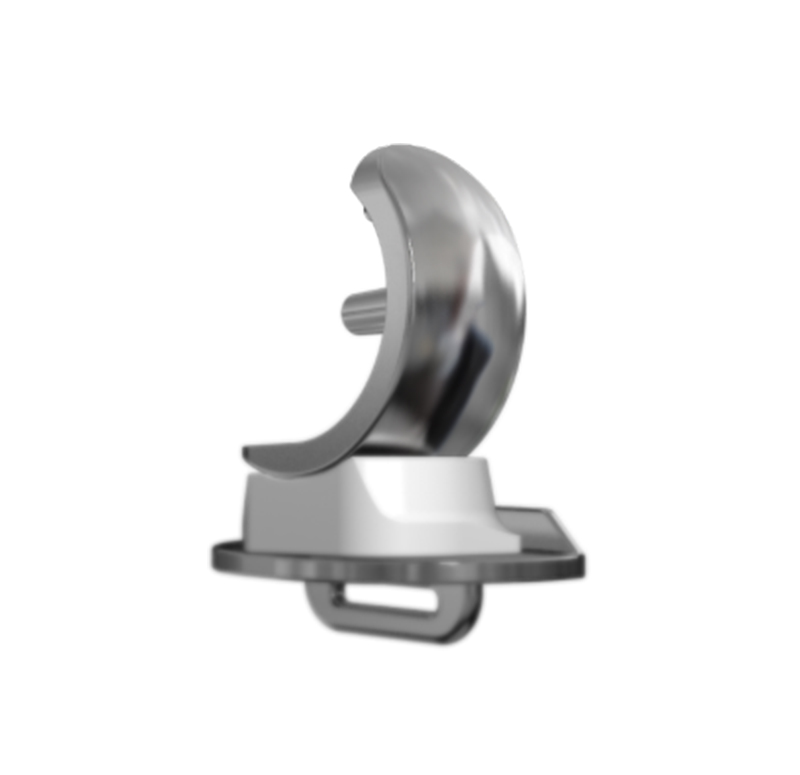What Is the Meaning of Bone Cement to the Human Body?
 May. 11, 2020
May. 11, 2020
Bone cement is used to repair the trauma and fill the pathological part. It can help our body to achieve the best effect through the filling. However, in the process of filling the human body, there will be some side effects. For example, patients may have the problem of fat drops entering into the blood vessels due to the increase of pressure in the bone cavity, causing an embolism. Our company provides cemented femoral stem prosthesis.
In addition, it is different from human bones after all, and artificial joints may still loosen after too long. In order to overcome the shortcomings of bone cement and better benefit patients, doctors and technicians are making improvements in many ways. On the one hand improve the material formulation, on the other hand, improve the replacement technology. If a special bone cement gun is used for filling and a decompression tube is placed, complications can be reduced and it is safer. Another example is to add an appropriate proportion of bone particles to the bone cement. In the future, the bone particles will be absorbed, and human bone tissue will grow into the bone cement, which can achieve the purpose of self-fixation and is not easy to loosen. I believe that with the continuous development of science and technology, bone cement will be favored by the medical community.

The joint is the hub of human movement. Due to trauma or pathology, it may be "scrapped". At this time, doctors often remove the "scrapped" joints and replace them with artificial joints. Human joints are vital organs, and the artificial joints replaced are all inactive prostheses. How to connect the two firmly, and keep them long and not loose? The doctor wanted to invent a special material, especially used to fix artificial joints.
After years of research, bone cement finally came out in the early 1960s. In order to facilitate storage and transportation, bone cement consists of two parts of white powder and colorless liquid with a pungent odor. When used, as long as they are mixed in a certain proportion, they can be polymerized at room temperature. It begins to look like mortar, then becomes gruel, and then turns into dough. It can be kneaded and squeezed into any shape, and finally gradually solidified. The whole process takes only ten minutes. Before it hardens, the doctor places it on the place where the joint is to be replaced and immediately installs the artificial joint. When the reaction is over, the local temperature rises slightly.
It feels a little hot to the touch. At this time, bone cement, which is as strong as high-quality construction cement, successfully inlays artificial joints with human bones and firmly fixes them. After a short period of rehabilitation after the operation, the replaced joints can play a role. This kind of fixation is quite reliable and can be maintained for more than ten years or even twenty years.
The above information is provided by femoral head Hip prosthesis exporter.













